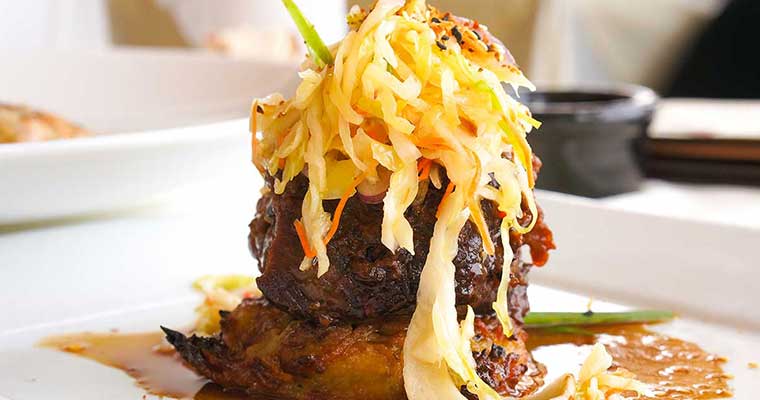Best PNW Human Gear for Hiking with Dogs
I’ve been hiking for a couple decades, try a ton of different gear, in all weathers and am REALLY TOUGH with my gear. With dogs, little balance, bad knees, and a good amount of tolerance to rain and snow, I can safely say this is…









